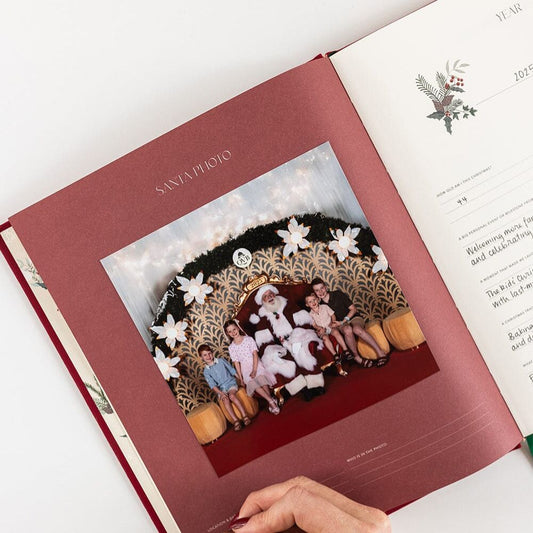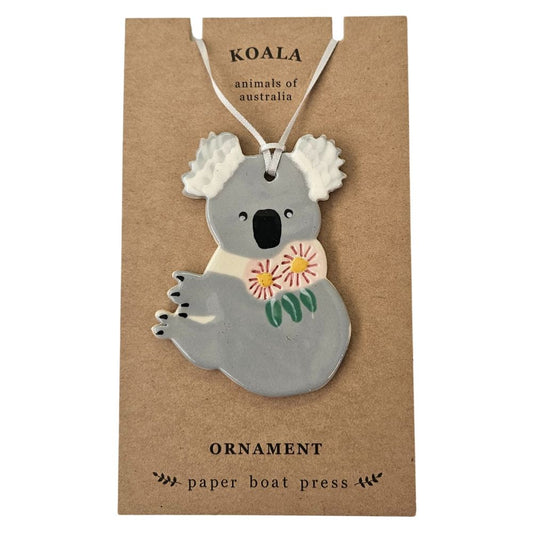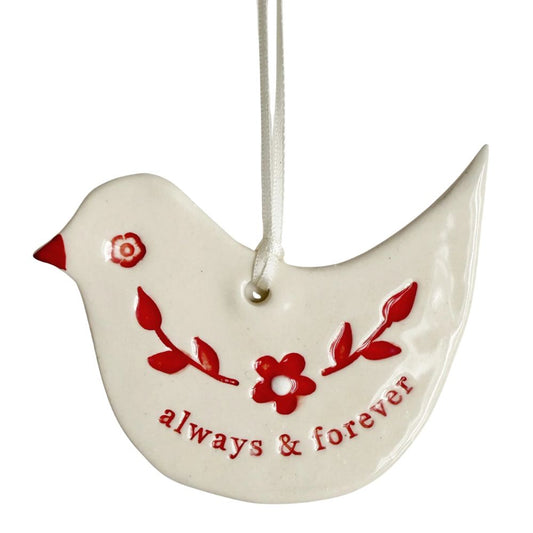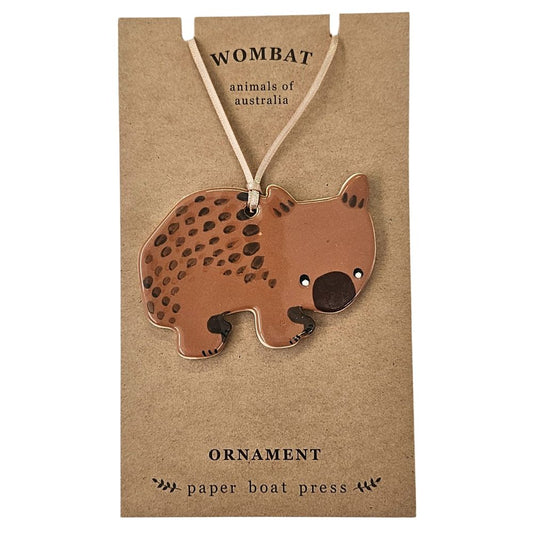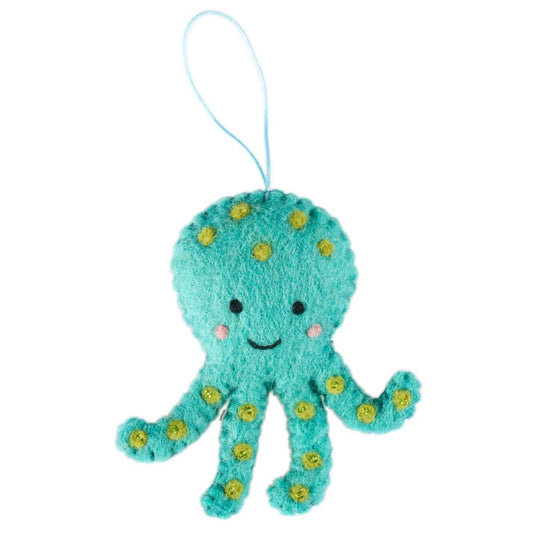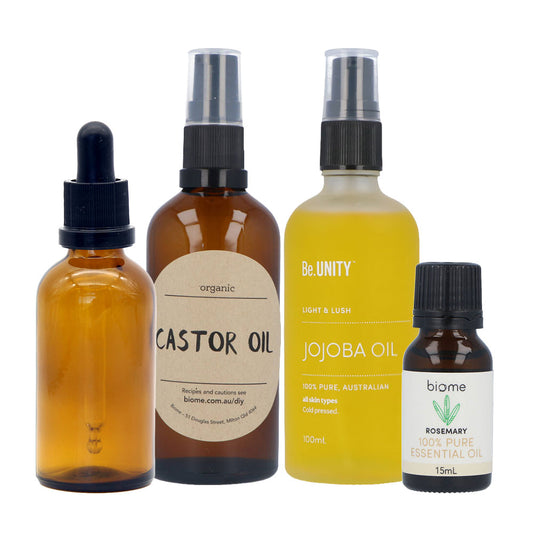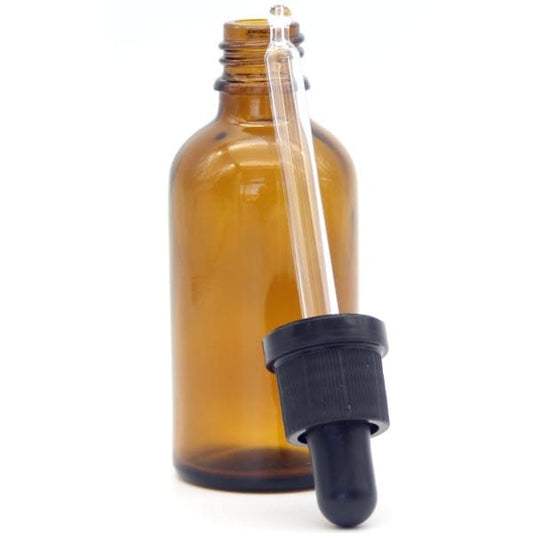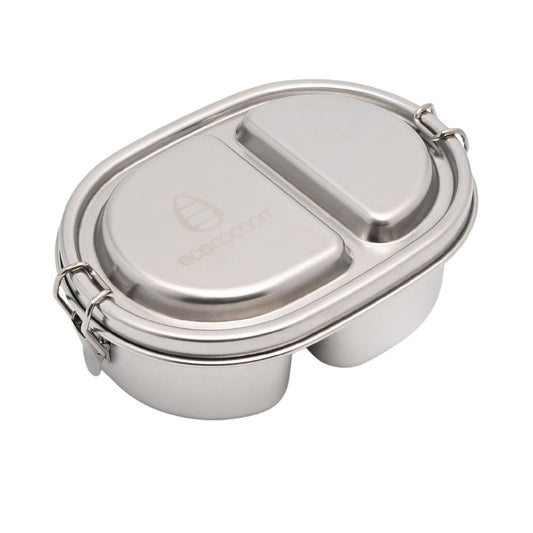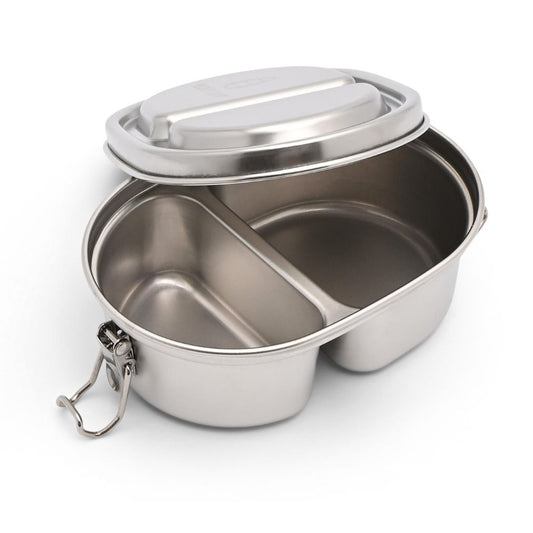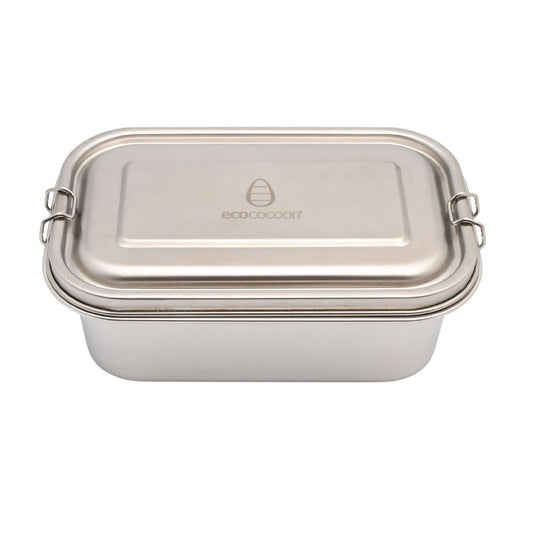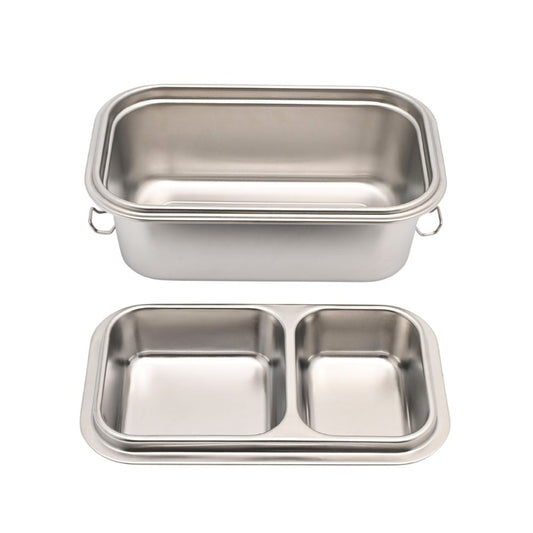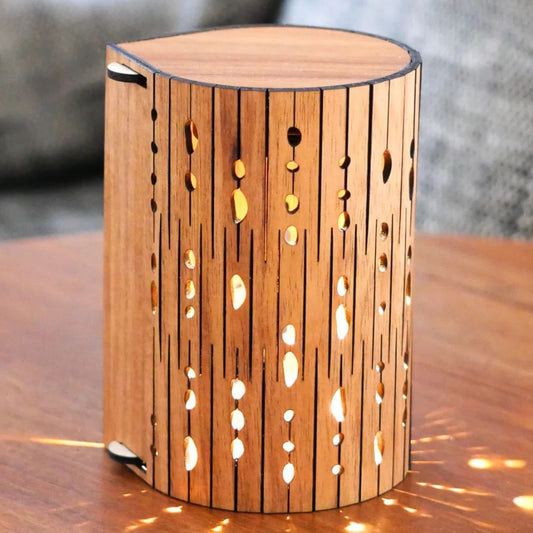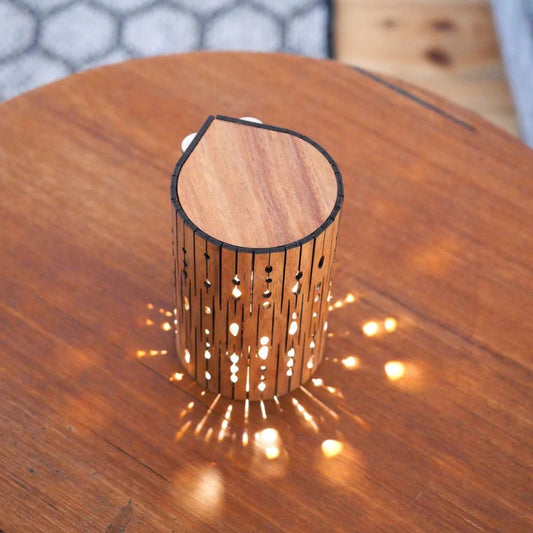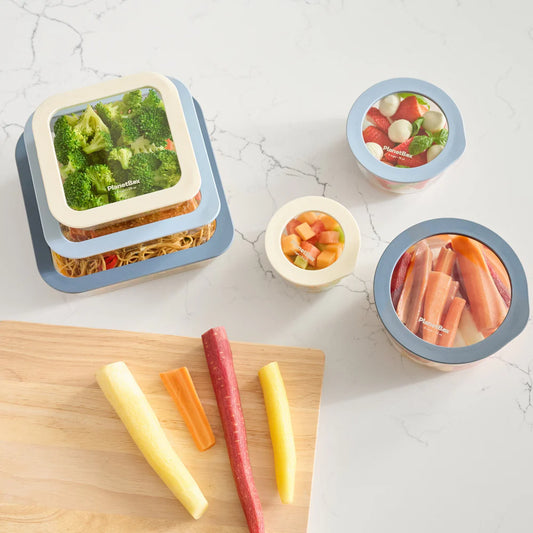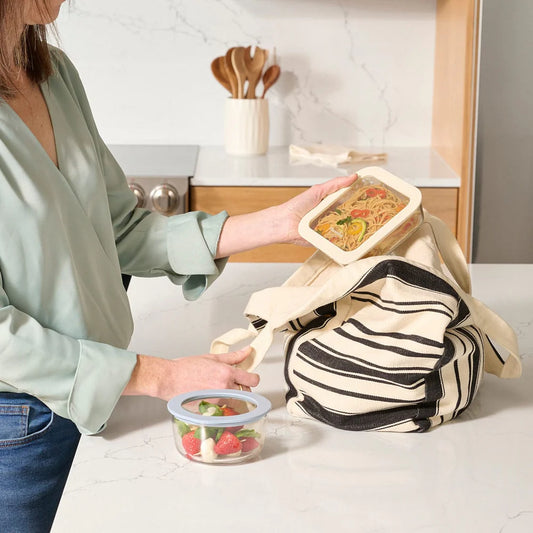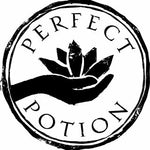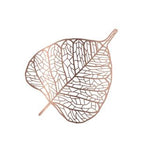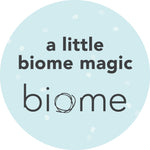
Around here at Biome we love homemade pickles and ferments—part magic, part gut love, and a whole lotta getting back to simple, nourishing ways of eating. But, when you throw in native Australian herbs and spices, it gets even better! These ingredients give your creations bold, fresh flavour, help preserve them naturally, and tell a deeper story of place and culture.
We often look to other parts of the world for inspiration: German sauerkraut and gherkins, Korean kimchi, Japanese tsukemono, Indian achar, Middle Eastern torshi. Each one a delicious expression of local ingredients and traditions.
However, here in Australia, we have our own pantry of powerful plants that can bring new life to these global recipes. Swap out dill for native thyme. Add a hit of lemon myrtle to your kraut. Use sunrise lime instead of citrus peel.
This isn’t about being fancy or complicated. It’s about using herbs & spices that grow here in Australia to make food that’s more exciting, more nourishing, and more meaningful.
Wait, is it pickling or fermenting?
Pickling usually uses vinegar to preserve.
Fermenting uses salt and time—bacteria do the preserving.
They often look the same in a jar, but what’s happening inside is totally different. Here’s a full post on that.
Native botanicals to use in pickles & ferments
Each of these has a story, a flavour, and a purpose. All are dried, pantry-friendly, and easy to use. You don’t need a lot—just a pinch or a sprinkle in the jar.
→ Lemon myrtle (Backhousia citriodora)
Flavour: Bright lemon-lime, almost like lemongrass
Use: Amazing in krauts, cucumber pickles, and daikon ferments. Pairs well with chilli and ginger.
→ Mountain pepperberries (Tasmannia lanceolata)
Flavour: Spicy, fruity, slow-building heat
Use: Great in kraut, beetroot, or carrot sticks. Use just a few berries—they’re punchy! We recommend testing first by squeezing the pop between your fingers and tasting a tiny bit.
→ Wattleseed (Acacia spp.)
Flavour: Roasted, nutty, hints of coffee and dark chocolate
Use: Bold choice for beetroot, pumpkin, or parsnip ferments. Try it in small amounts first.
→ Sunrise lime powder (Citrus australasica x C. australis)
Flavour: Tangy, zesty, a little bitter
Use: Brightens carrot, onion, or radish pickles beautifully.
→ Saltbush flakes (Atriplex nummularia)
Flavour: Savoury, minerally, naturally salty
Use: Add to brine instead of salt or blend into dry kraut spice mixes.
→ Native thyme (Prostanthera spp.)
Flavour: Earthy, herbal, with a minty finish
Use: Lovely with pickled green beans, onions, or garlic.
→ Aniseed myrtle (Syzygium anisatum)
Flavour: Sweet, soft liquorice
Use: Try with carrot or fennel ferments. A little goes a long way.
→ Pepperleaf (Tasmannia lanceolata – leaf)
Flavour: Warm, slightly peppery with eucalyptus notes
Use: Layer into krauts for bushy aroma without too much spice.
→ Bush tomato (Solanum centrale)
Flavour: Tangy, umami-rich, slightly smoky
Use: Adds depth to red onion ferments or pickled tomato mixes.
→ Geraldton wax leaves (Chamelaucium uncinatum)
Flavour: Citrusy with a eucalyptus lift
Use: Drop a leaf or two into a brine for pickled cucumbers or green beans.
→ River mint (Mentha australis)
Flavour: Gentle, sweet mint
Use: Use in cucumber or apple pickles. Lovely with fennel.
→ Lilly pilly (Syzygium spp.)
Flavour: Tart, slightly sweet, like cranberry
Use: Bright addition to daikon or radish ferments.
→ Tasman sea salt
Flavour: Pure, clean, mineral-rich
Use: Ideal for brines. Try it with lemon myrtle or pepperleaf for full Aussie flavour.
Recipes to try
Grab your fermentation jars and have a go at these recipes:
Lemon Myrtle & Green Cabbage Kraut
– 1 medium cabbage
– 1.5 tbsp sea salt
– 1/2 tsp ground lemon myrtle
– 1 red chilli (optional)
Massage, pack into jar, ferment for 5–7 days.
Pickled Carrots With Sunrise Lime & Pepperleaf
– Carrot sticks
– 2% Tasman sea salt brine
– 1/2 tsp pepperleaf
– 1/2 tsp sunrise lime powder
– Garlic (optional)
Ferment submerged for 7 days.
Beetroot & Wattleseed Kraut
– Grated beetroot
– 1/2 tsp ground wattleseed
– Sea salt
– Caraway seeds (optional)
Earthy, deep and vibrant. Great in wraps or on eggs.
Saltbush & Cucumber Pickles
– Sliced cucumber or zucchini
– 2% Tasman sea salt brine
– 1 tsp saltbush flakes
– Dill seeds or mustard seeds
Crunchy and full of flavour.
Spicy Pepperberry Onion Pickles
– Sliced red onions
– 2% brine
– 3 whole mountain pepperberries
– Bay leaf or Geraldton wax leaf
Tangy, colourful, and spicy-sweet.
Tips for using native botanicals
- Start small—these flavours are strong and complex
- Keep veggies fully submerged in brine to prevent mould
- Blend with more familiar spices like garlic, dill, or chilli to balance the flavour
- Use dried herbs for ease—they last long and are ready when you are
These Australian native ingredients can completely change how your ferments taste and feel. More than that, they tell a story—about Australia’s unique ecosystems, traditional food knowledge, and how we can create something meaningful in our modern kitchens.
Find all your fermentation supplies at Biome here >
Related reads at Biome
How To Preserve Food Naturally: A Beginner's Guide
How To Ferment Vegetables at Home



